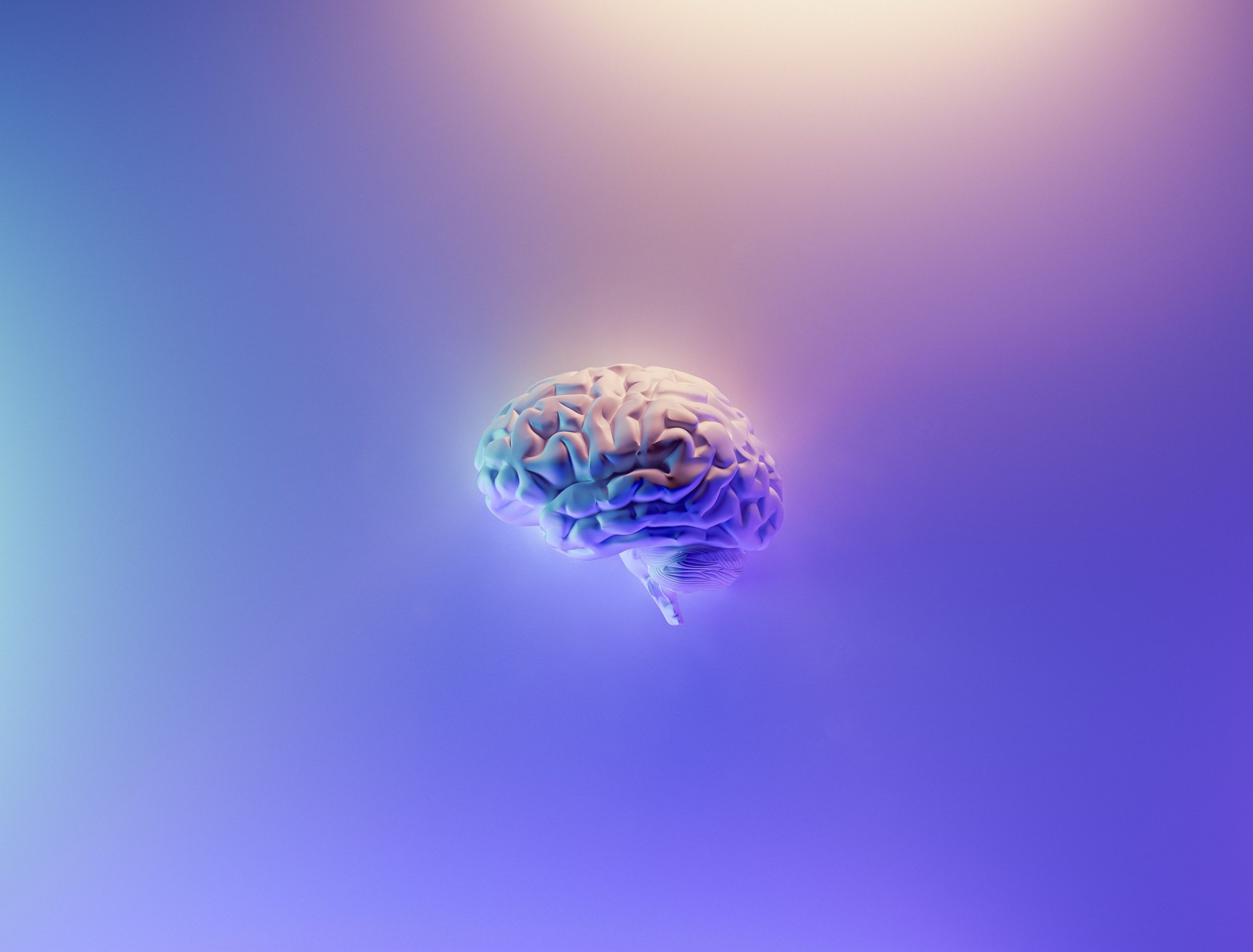More than 13 million people have strokes each year, resulting in 5.5 million fatalities. An estimated 70% of strokes, and 87% of stroke-related fatalities and disability-adjusted life years, occur in low- and middle-income countries.
The World Health Organization (WHO) and affiliated bodies are marking Friday, October 29 as World Stroke Day 2021 in honour of stroke survivors and in order to encourage governments in identifying and implementing “best buy” initiatives to reduce stroke risk.
Also Read | What can 4 seconds of exercise do to your body? Results may shock you
“The WHO South-East Asia Region is committed to strengthening health care services to prevent, treat and manage stroke, and to provide quality rehabilitative care for stroke-related disability,” said Poonam Khetrapal Singh, regional director for South-East Asia, WHO.
In accordance with the 2016 Colombo Declaration, all signatory countries implement multi-sectoral action plans while also extending the provision of non-communicable disease (NCD) services at the primary level.
Also Read | Is consuming caffeine regularly good or bad for your body?
Theme for World Stroke Day 2021
The World Stroke Organization’s campaign for 2021 and 2022 will focus on promoting awareness of the signs of stroke and the importance of prompt access to high-quality stroke care.
“When somebody has a stroke, every second that goes by is crucial. As brain tissue and millions of neurons begin to fade away, time could not be more precious,” the organisation stated on its website.
What is a stroke?
A stroke is a non-communicable condition in which the blood flow to the brain is disturbed, resulting in oxygen deprivation, brain damage, and loss of function, according to the World Stroke Organization. A clot in an artery delivering blood to the brain, known as ischemia, is the most common cause of a stroke.
Stroke risk increases considerably with age, with one in every four persons over the age of 25 having at least one stroke during their lifetime.






